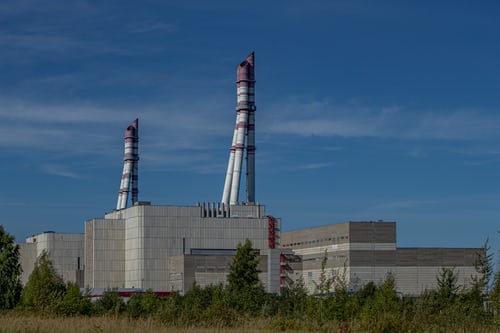According to the newspaper Yomiuri, the Japan Atomic Energy Agency (JAEA) and Mitsubishi Heavy Industries Ltd (7011.T) is planning to collaborate with the United States and Bill Gates’ venture business to develop a high-tech nuclear reactor in Wyoming.
According to the story, which cited various anonymous sources, the parties would sign an agreement as early as January for JAEA and Mitsubishi Heavy Industries to supply technical assistance and data from Japan’s own advanced reactors.

TerraPower claims to have been formed in 2006 by “Bill Gates and a group of like-minded thinkers.” Bill Gates currently leads the company’s board of directors.
The Natrium reactor has been dubbed “one-of-a-kind” by the Department of Energy, which expects to contribute roughly $2 billion “to assist the licensing, building, and demonstration” of the reactor by 2028. In its own statement, TerraPower stated that it would match the DOE’s investment dollar for dollar.
The reactor built by TerraPower is part of the Department of Energy’s “Advanced Reactor Development” program, which funds the development of nuclear energy technologies in order to improve nuclear power.
According to TerraPower, Natrium uses an energy storage technique that has previously been shown in the solar power business. Natrium may then utilize the stored energy to boost its power production for several hours, according to TerraPower, which is crucial for combining it with renewable energy sources.
The Natrium reactor also has the following advantages, according to TerraPower: it is more fuel-efficient than standard nuclear reactors, it is cost-effective and thus more likely to be commercially adopted, and it is mature enough in development to be commercialized before the end of the decade, which TerraPower claims is necessary to reduce carbon emissions as quickly as possible.
Natrium is based on a reactor that has been tested for decades, making it more mature than other nuclear technologies currently being developed. It’s a sodium-cooled fast reactor, as opposed to normal water-cooled reactors.
The World Nuclear Association includes a number of sodium-cooled reactors that are now operational, approaching deployment, or have previously operated since the 1950s, virtually all of which were or are experimental prototypes or demonstrations.
Sodium-cooled reactors have many advantages as sodium has a high boiling point, which means it will not boil away in an emergency, reducing the risk of a nuclear meltdown. With its Experimental Breed Reactor-II, the Argonne National Laboratory (ANL) tried this in 1986. The reactor’s temperature fell to near normal operating levels after temporarily heating up in two consecutive tests in scenarios that would typically trigger a meltdown.

The novel reactor design might minimize uranium enrichment stocks by using depleted uranium as fuel. According to some studies, TWRs’ great fuel efficiency, along with the capacity to use uranium recovered from rivers or seawater, indicates there is enough fuel to create energy for ten billion people at the US per capita consumption levels over million-year timescales.










